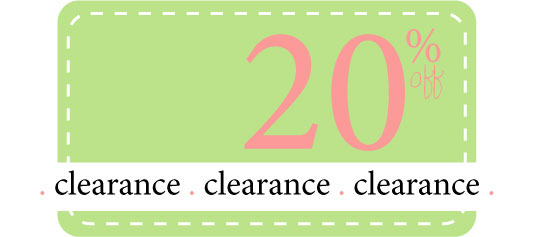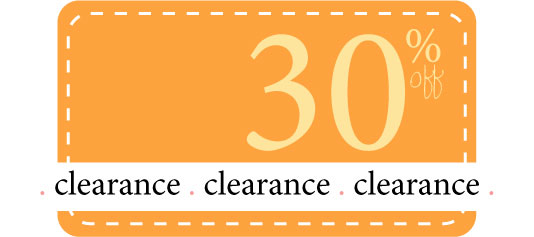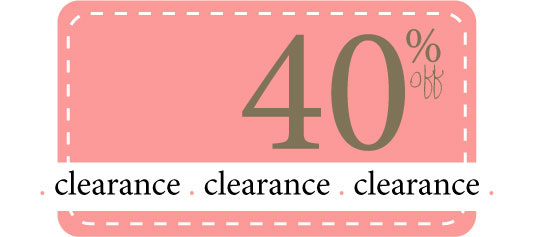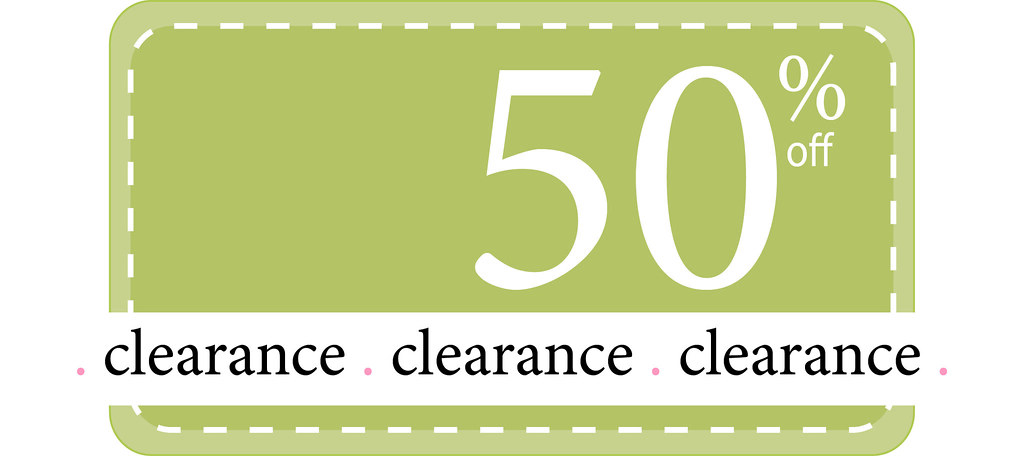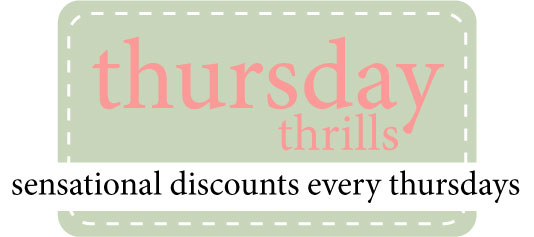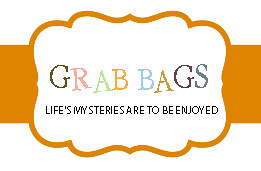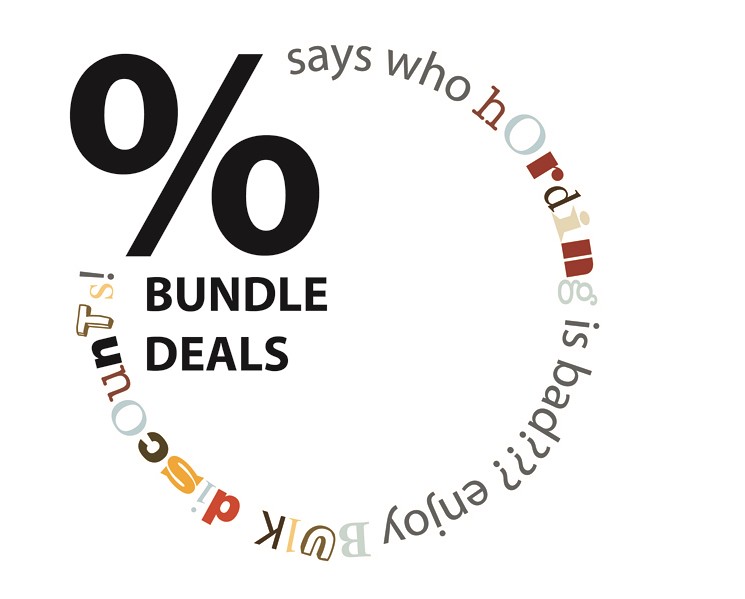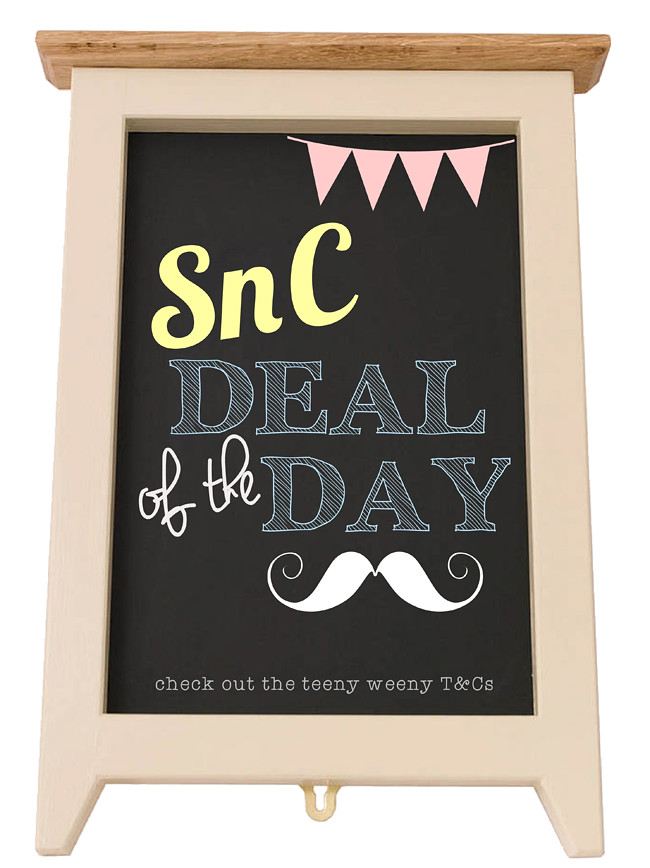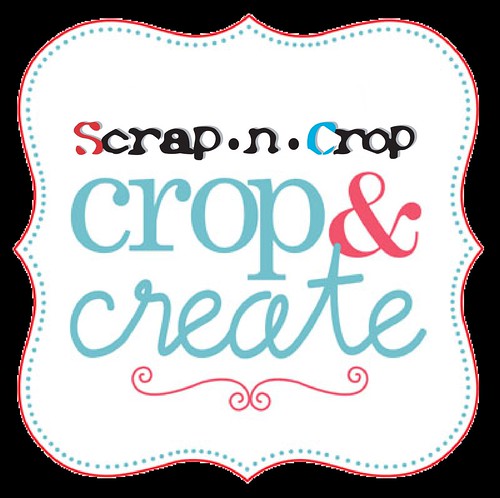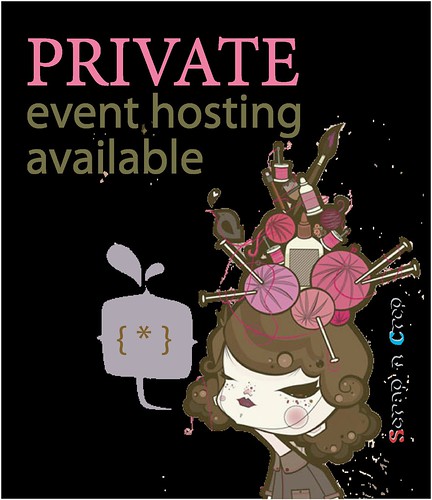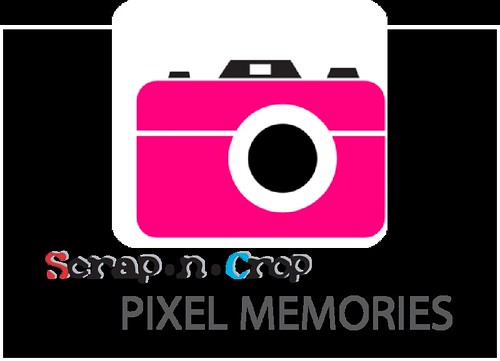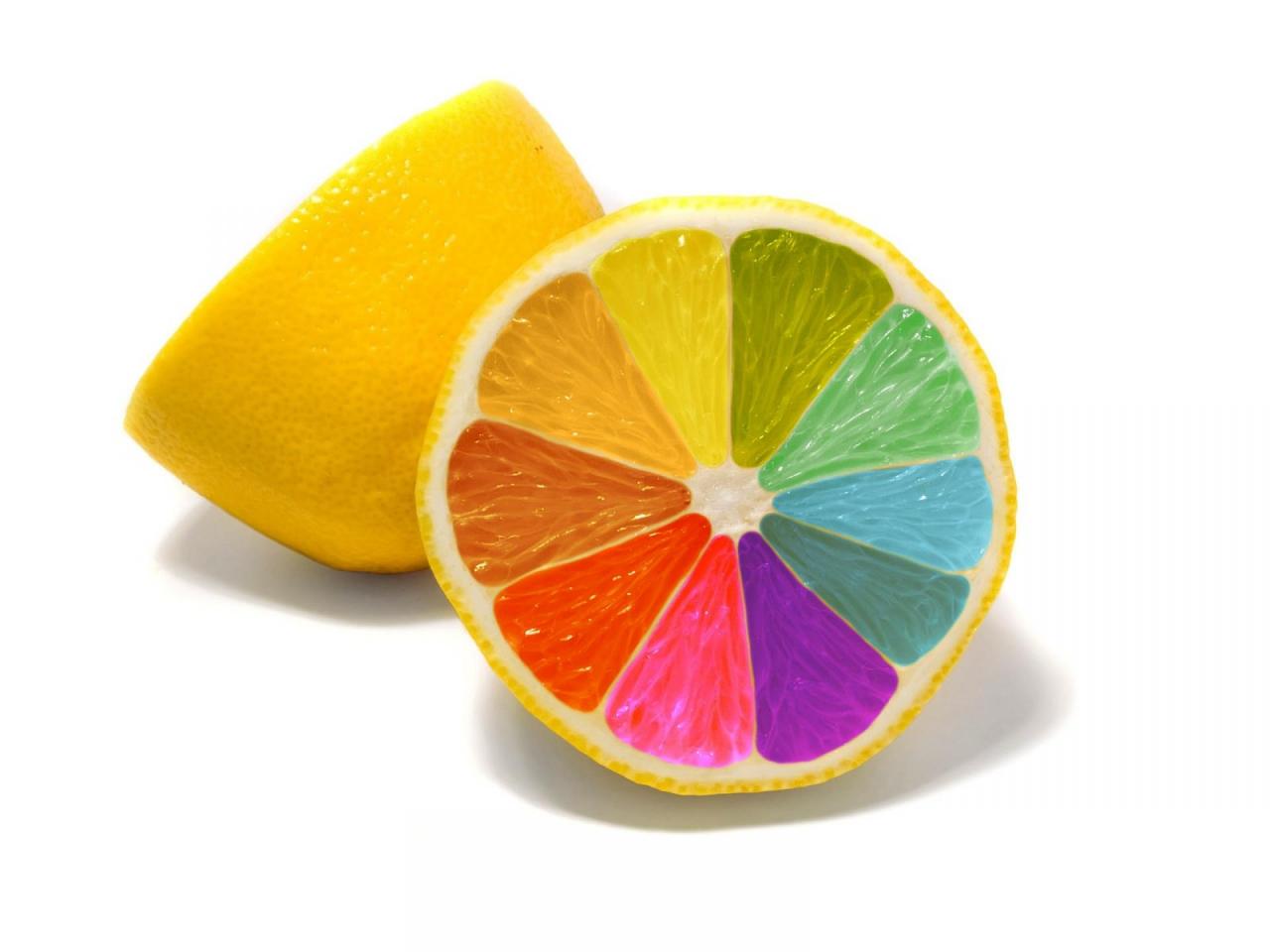In Part 1 we
ventured into the world of die-cutting with a look at the main die-cutting
machines that are available, and how you could choose the one which best suited
your needs.
This week we
are looking at the dies themselves.
There are so many die manufacturers to choose from these days, it is
hard to know which dies to go for.
Which will cut chipboard or felt?
Which will work with which machine, and what sort of combination of
sandwich plates do you need for it to work properly?
The sandwich
plates issue is actually pretty easy if you have access to a computer – and
since you are reading this you must have!
Just Google die-cutting sandwiches, plus the name of your die-cutting
machine (eg Cuttlebug, Big Shot, etc) and you will be presented with a choice
of compatability charts that should tell you exactly what plates to use with
which dies.
As for which
dies to go for, well that is somewhat more complex. Some will only cut paper and cardstock, others will cut
virtually anything – felt, chipboard, grungeboard, foam, cork, and so on.
Sizzix are
very good at making it absolutely clear on their website the materials that
their various types of dies will cut.
If you have a specific material in mind, simply go to www.sizzix.com/catalog, scroll down slightly and on
the left you will see a menu item “Material Compatability”. Click on this, choose the material you
want to cut, and you will be shown all the dies that will meet your needs.
As a general
rule of thumb though, Sizzix Originals and Sizzix Bigz are the ones which are
most versatile. Chipboard, felt,
fabric, foam, magnet material, leather, craft aluminium and grungeboard are
among those listed as compatible.
These dies are a little more expensive than others, but their high
quality, versatility and longevity makes the extra cost well worth it.
Coming soon
to Scrap-n-Crop.com is a popular, relatively new, brand of die called My Favourite
Things Die-namics. These are thin,
metal dies, and so are more limited in their cutting abilities than the Sizzix
Bigz and Original. Nevertheless
they can still handle felt, cork, acetate and more. They also have the advantage of having stamps that match
some of the die-cuts.
Another
manufacturer that is currently very much in demand (though not yet available at
Scrap-n-Crop.com) is Memory Box. These
are favoured for their amazing and very intricate cuts. Like the MFT dies, they are thin metal
dies, and will cut card, felt, fabric, shrink plastic and more, but not thicker
materials such as chipboard.
Spellbinders
have had a loyal following for some years now. They produce Nestabilities, Edgeabilities, Shapeabilities
and more. Many of these emboss as
well as cut but, to the best of my knowledge, are largely limited to cardstock
and paper.
These are
just a few of the many manufacturers who are now producing dies, and it is
worth spending some time surfing the net to see which styles and dies you
prefer. Be careful though, not all
manufacturers put on their website what their dies are capable of cutting. I think it is wise to assume that if
they don’t say otherwise, then you should stick to paper and card only. You could experiment with other
materials if you wish, but I really don’t recommend it as there is a serious
risk of spoiling the die, or, even worse, your die-cutting machine.
Over the
next few weeks we’ll look at some fun ways of using and making the most of your
dies.
Top tip –
Don’t panic if your cutting plates make a worrying cracking sound as they go
through the machine. This sound is
completely normal!



